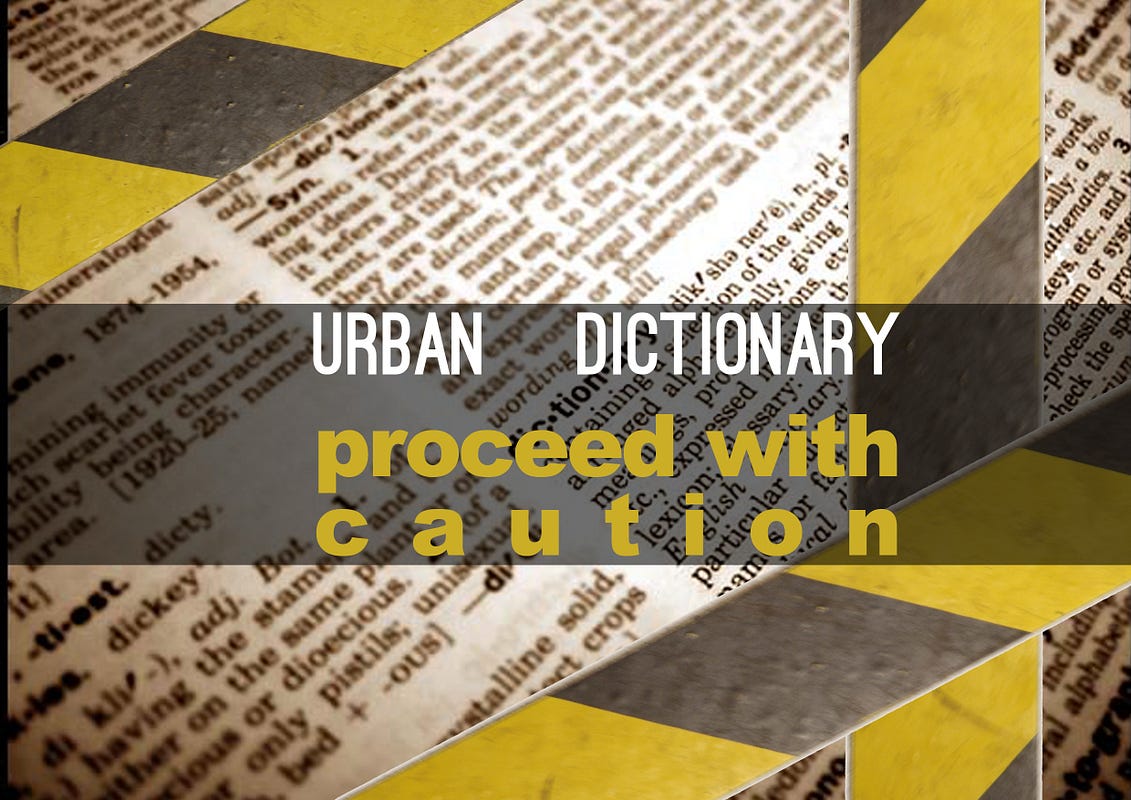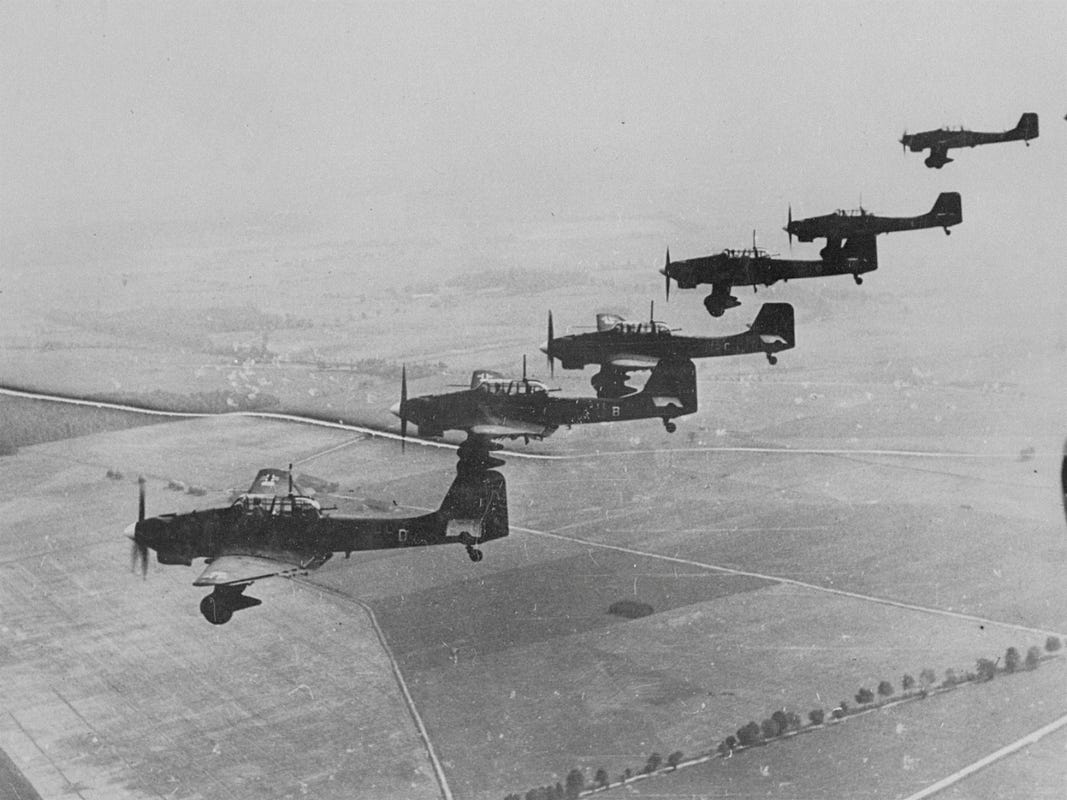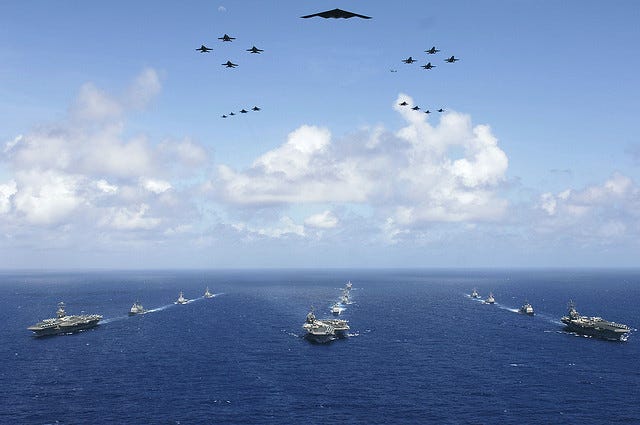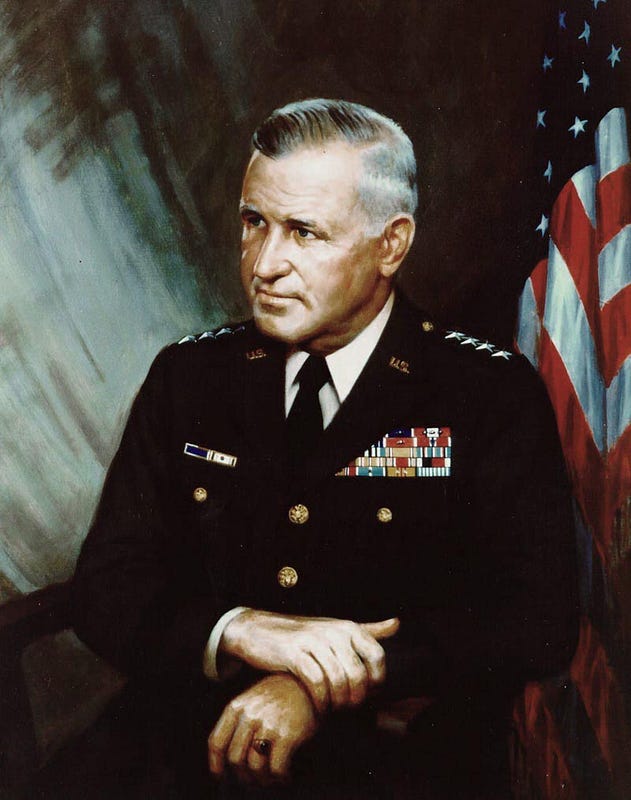By Ryan Evans
January 27, 2014
This is the latest edition of our Five Questions series. Each week, we feature an expert, practitioner, or leader answering five questions on a topic of current relevance in the world of defense, security, and foreign policy. Well, four of the questions are topical. The fifth is about booze. We are War on the Rocks, after all.
This week, I spoke with Admiral James Stavridis, USN (Ret). He is the former Supreme Allied Commander at NATO and currently Dean of The Fletcher School of Law and Diplomacy at Tufts University. Admiral Stavridis holds a PhD from Fletcher, and has written five books, including Destroyer Command, and over a hundred articles. You can follow him on Twitter @stavridisj.
1. Admiral Stavridis, thanks for doing this. You’ve been a great supporter of War on the Rocks since we launched with your review of The Guns at Last Light. Warrior-scholars like you, General Petraeus, and General McMaster have played very important roles in our military during a trying time of two wars and new security challenges. Does this signal a new era defined by the warrior-scholar seeking to bridge theory and practice? Or was this a blip?
I think the nation has always had warrior-scholars (and warrior-diplomats for that matter) and we will continue to have them. Many of the WWII senior officers had published in the US Naval Institute Proceedings and similar journals. Flag Officers like Rear Admiral JC Wylie, Captain Alfred Thayer Mahan, Rear Admiral Stephen B. Luce, and Rear Admiral Bradley Fiske come quickly to mind. As I look at young officers today, we are still producing fine thinkers and writers in the field of strategy, many with PhDs or other advanced degrees. We will not deliver security solely from the barrel of a gun in this turbulent century, and we will need to out-think our opponents as well as out-fight them.
2. In the latest issue of Proceedings, you and David Weinstein call for the consolidation of all the service’s cyber components into a U.S. Cyber Force—not just a joint command, but a full-fledged, new service within DoD? What problems would this solve?
The problems are inefficiency, cross-service competition, lack of standardized training and education, and creating an effective military capability in the cyber world. The pick-up team approach (allowing each service to have its own cyber branch, with different career paths and training regimes) is not efficient. Cyber is too big, too important, and too central to future warfighting not to have a dedicated cadre of individuals who focus on training, equipping, and organizing—and then are made available to the joint commanders for combat operations.
















